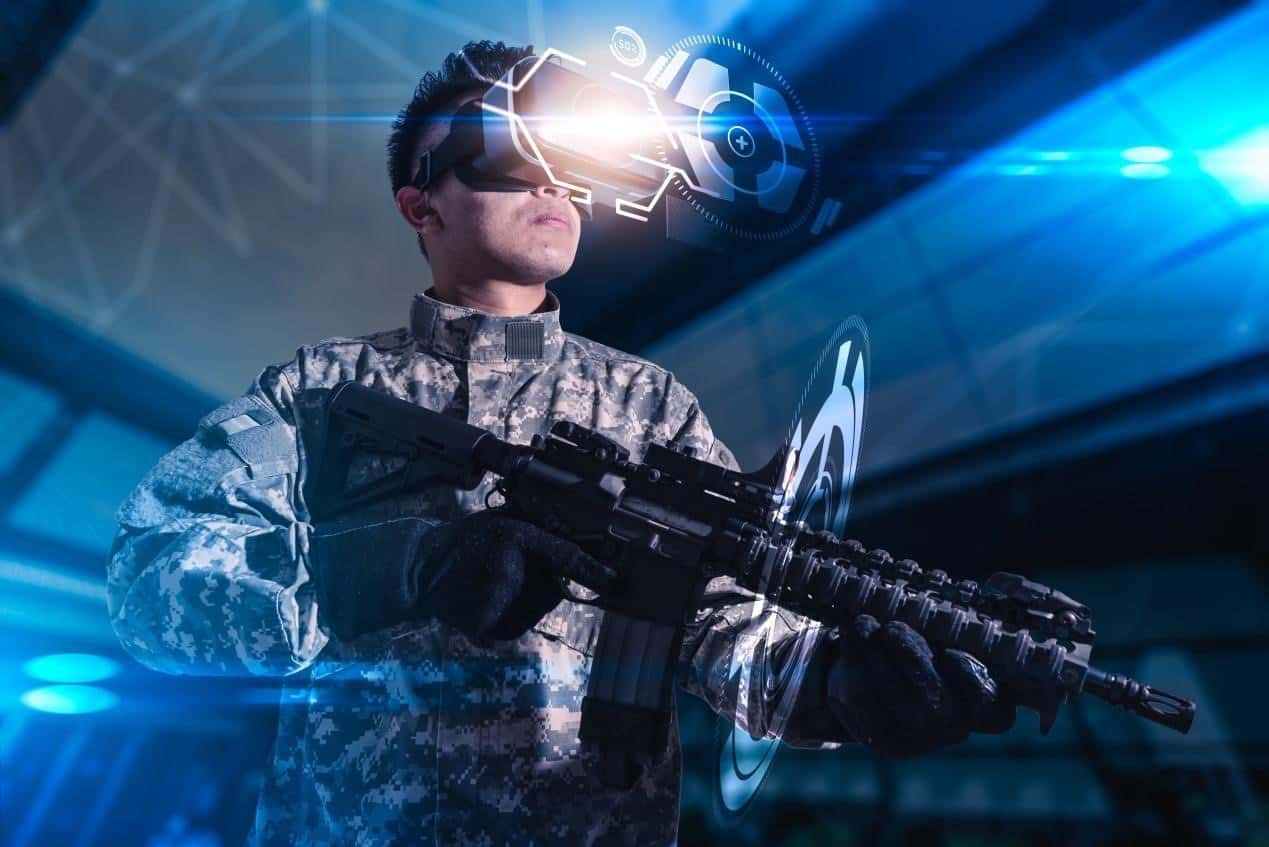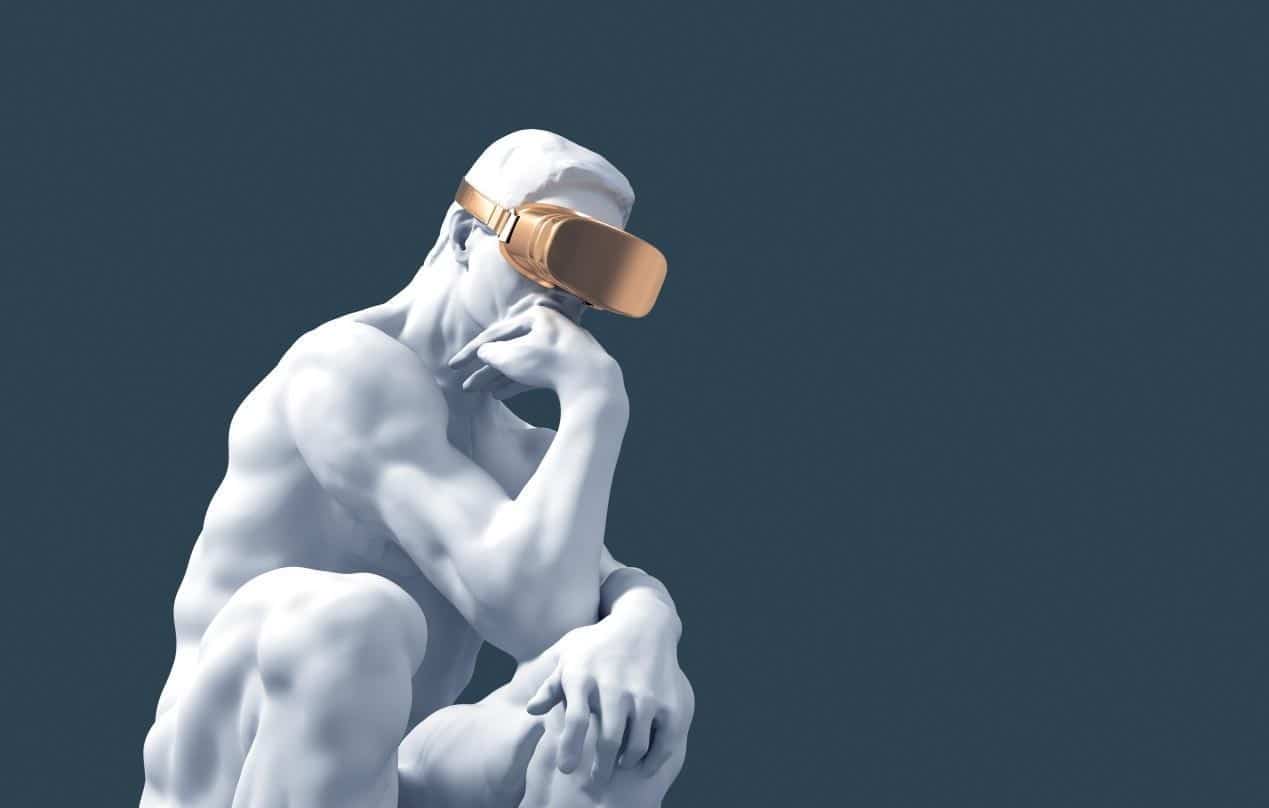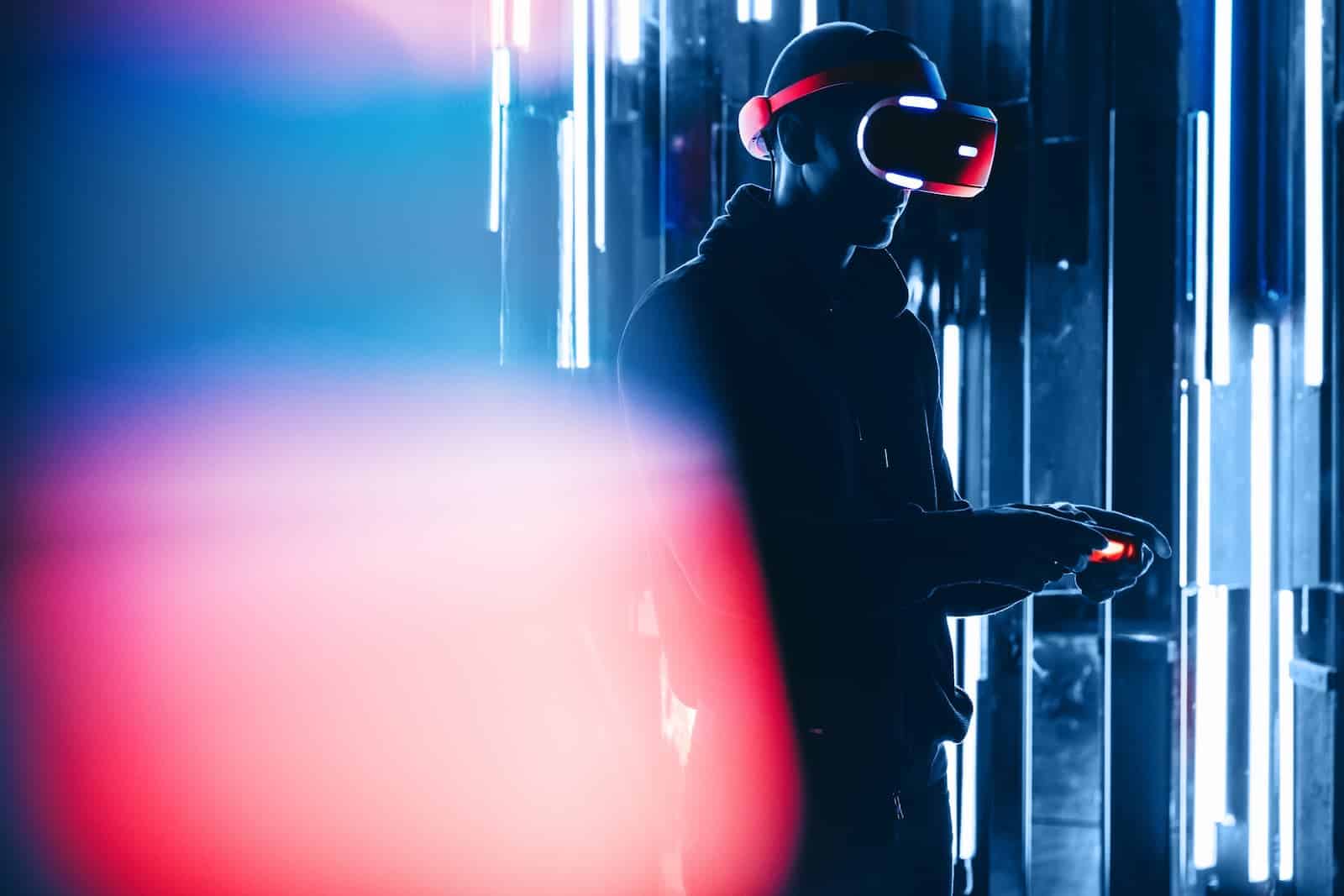At land, sea and air: How virtual reality simulations are helping security forces.
How VR boosts security forces’ readiness for real-life situations.
And how the field is growing in Israel.
Imagine this scenario: cops are called to an apartment to respond to a shootout. As soon as they open the front door, they’re shot at from all directions. They need to take cover, map out the area, figure out how many shooters there are and charge at them. One wrong move – and they’re in trouble.
On second thought, no need to imagine. What was considered science fiction until a few years ago is now becoming reality: VR technologies for companies and businesses – simulating real-life situations, and prepping security personnel for optimal response to security events.
Below is an example of a basic training simulation performed by the Golani Brigade Reserve Unit. We mounted a 360 camera on one of the soldiers as he ran a shooting range drill. This is an example of a 360 VR video without viewer interaction. For an example of an interactive and much more elaborate simulation, see bellow at the end of this article.
However, imagine viewing this video later on with a VR headset and experiencing the drill just as the rifleman did. You could learn from his mistakes or successes, and of course draw conclusions accordingly (use mouse to turn in all directions in the video).
VR for security forces
Until recently, every soldier, cop or fighter was aware of the huge gap between their training and their actual ability to function in real time events. There’s a big difference between shooting at a static cardboard target at a firing range and being in an actual gunfight. Thanks to recent developments in VR technology, this huge gap between training and reality, which was considered unbridgeable until recently, is shrinking dramatically.
VR on the battlefield: How does it actually work?
Practicing real-life scenarios is enabled by dedicated equipment, such as VR headsets and special rifles. These guns are equipped with sensors that transmit information such as number of shots fired, number of hits, number of missed shots, etc. The VR system uses body sensors to detect “shooting injuries” and create an avatar of equal size and movement as the players in the drill. This way, every movement in reality is reflected in the virtual world.
For example, it was recently reported that the New York Police Department uses VR systems that allow cops to practice shooting scenarios and get immediate feedback. At the click of a button, you can select your desired environment, and add obstacles and more players to the drill. Thanks to the ease of simulating a real-life situation, the cops can practice the same scenario over and over again, and thus increase their readiness for the moment of truth. And all this without becoming mentally fixated, since it is possible to change the circumstances of the scenario at the click of a button.
Every movement throughout the exercise is monitored in order to analyze each fighter’s performance: their reaction time, response, accuracy of shooting, and more.
Here’s what it looks like:
How security forces boosted their readiness.
Naturally, VR training has a wide range of benefits when it comes to preparing security personnel for the moment of truth:
Readiness for various scenarios – practicing a wide range of real-life situations, including selecting specific scenarios and locations that pertain to the particular security forces’ assignment.
Repetition – this technology allows users to repeat exercises in the same location or situation at a given time, resulting in better real-time response to similar situations.
Constant improvement – in reality, it is quite difficult to reconstruct events and learn from them accordingly. But in virtual reality you can analyze the movements of each fighter in the force, step by step, and see who was hit and what still needs improvement.
Control – the ability to choose the type of scenario, difficulty level, number of participants and more.
Meanwhile in Israel…
Looking forward, the IDF unit in charge of VR and augmented reality (AR) intends to utilize these technologies on two levels: First, for training and simulating real-life situations, much like the NYPD’s VR applications. Secondly, to create a holographic image that simulates the enemy’s terrain and displays additional layers of information – from buildings and enemy positions to vital intel. This simulation is meant to provide a more tangible status report, and assist in decision-making processes.
As you’re about to see, the ability to boost the readiness of security personnel is not limited to the military or police.
The Israel Prison Service doesn’t make rooky mistakes
In order to boost its personnel’s readiness, the Prison Service prepared its new cadets for various scenarios, such as a fire starting in a cell. For this purpose, we staged and ran an interactive VR training simulation. Fitted with VR headsets, the trainees had to answer questions throughout the exercise that indicate their degree of readiness for the scenario. A correct answer earned them positive feedback, while a wrong one earned them a taped reprimand from their supervisor.
Here’s what it looks like:
The world of virtual reality, as well as mixed or augmented reality, continues to evolve and help security forces make our world safer. Who knows what else awaits us – to be continued…
This article was written by David Ben Moshe, chief producer at the Virtualion Studio, which specializes in producing and creating virtual reality, augmented reality, and mixed reality experiences.






